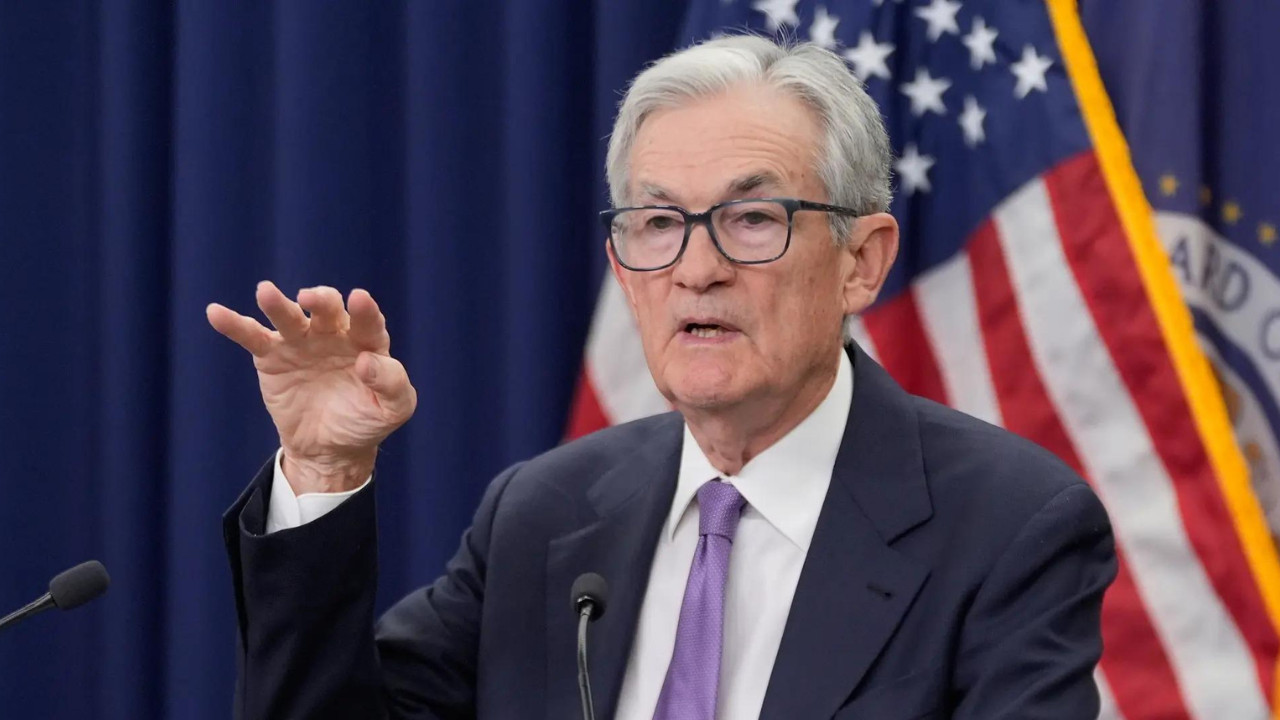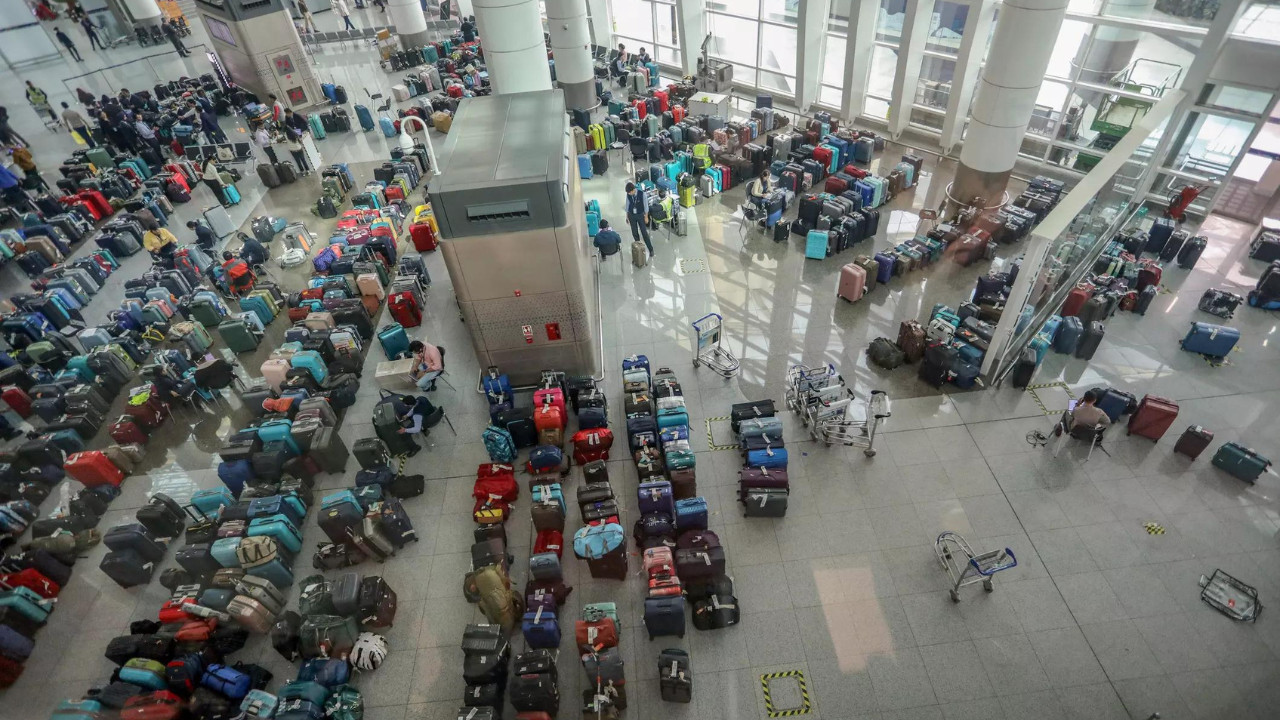Despite policy interventions from both Trump and Biden administrations, US manufacturing is showing signs of stagnation, marked by job losses and tepid production. Factors such as inflationary pressures, interest rate hikes, and tariff uncertainties contribute to the slowdown. With policy flip-flops and weak demand, factories are holding back on hiring and investment, awaiting a clearer direction.
Is the American Manufacturing Renaissance a Mirage?
For years, politicians have promised a resurgence of American manufacturing. Donald Trump’s tariffs and Joe Biden’s subsidies were both designed, at least in part, to breathe new life into factories across the nation. Yet, despite these policy pushes and trillions of dollars invested, the sector seems stuck in a post-pandemic rut. We have to ask: is a true American manufacturing renaissance actually happening, or is it just a persistent illusion?
The data paints a complex picture. While there have been pockets of success and specific industries experiencing growth, overall manufacturing output and employment figures haven’t seen the dramatic boost many hoped for. The narrative of factories roaring back to life and millions of jobs returning home simply hasn’t materialized, at least not on the scale envisioned.
Digging Deeper: Why Isn’t Manufacturing Booming?
Several factors contribute to this stagnation. One key element is the globalized nature of modern supply chains. Even with incentives to produce domestically, many manufacturers still rely on complex international networks for raw materials, components, and assembly. Untangling these intricate webs is a monumental task, one that tariffs and subsidies alone can’t easily solve.
Then there’s the issue of automation. The manufacturing landscape is evolving rapidly, with advanced technologies like robotics and AI playing an increasingly important role. While this boosts productivity and efficiency, it also means fewer human workers are needed on the factory floor. Therefore, even if manufacturing output increases, it doesn’t necessarily translate into a significant surge in jobs. Consider the implications of  and its effect on workers.
and its effect on workers.
Furthermore, the post-pandemic economy has presented its own unique challenges. Supply chain disruptions, inflation, and shifting consumer demand have all created headwinds for manufacturers. These external pressures make it difficult to accurately gauge the true impact of government policies aimed at boosting the sector. Are the policies not working, or are they simply being overshadowed by broader economic forces?
The Semiconductor Exception: A Glimmer of Hope
One area where we’re seeing tangible progress is in the semiconductor industry. Fueled by government support and a growing recognition of the strategic importance of chip production, companies are investing heavily in building new fabrication plants (fabs) in the United States. This reshoring of semiconductor manufacturing is a significant win, promising to create jobs and strengthen national security.
However, even this success story comes with caveats. Building and operating semiconductor fabs is an incredibly expensive and complex undertaking. It requires specialized expertise and a highly skilled workforce. Ensuring a steady supply of talent and managing the immense capital costs will be crucial for the long-term viability of this revitalized industry. Plus, even with the new fabs coming online, the U.S. still has a long way to go to catch up with leading chip producers in Asia.
Subsidies and Tariffs: Are They the Right Tools?
The effectiveness of tariffs and subsidies as tools for revitalizing American manufacturing is a subject of ongoing debate. Tariffs, while intended to protect domestic industries from foreign competition, can also raise costs for consumers and businesses that rely on imported goods. This can lead to retaliatory measures from other countries, escalating trade tensions and harming overall economic growth.
Subsidies, on the other hand, can provide direct financial support to manufacturers, encouraging them to invest in new equipment, expand their operations, and hire more workers. However, subsidies can also distort the market, creating an uneven playing field and potentially leading to inefficiencies. The key is to design subsidies that are targeted, transparent, and time-limited, ensuring they don’t create long-term dependencies or unintended consequences. To learn more about how businesses can prepare, read our post about [supply chain resilience](internal-link-to-supply-chain-article).
The Path Forward: A More Nuanced Approach to American Manufacturing
So, what’s the answer? Is an American manufacturing renaissance still possible? The reality is likely more nuanced than the simple narratives often presented. A true resurgence requires a comprehensive strategy that goes beyond tariffs and subsidies.
This strategy must include:
* Investing in workforce development: Equipping workers with the skills needed to thrive in the modern manufacturing environment.
* Streamlining regulations: Reducing unnecessary burdens on businesses, while still protecting workers and the environment.
* Promoting innovation: Supporting research and development to create new products and processes that can be manufactured competitively in the United States.
* Strengthening supply chains: Building more resilient and diversified supply chains that are less vulnerable to disruptions.
Ultimately, reviving American manufacturing isn’t about turning back the clock. It’s about adapting to the changing global landscape and creating a dynamic, innovative sector that can compete in the 21st century. This requires a long-term commitment, a willingness to experiment, and a focus on building a more sustainable and inclusive manufacturing ecosystem. Only then can we hope to see a genuine and lasting American manufacturing renaissance.







